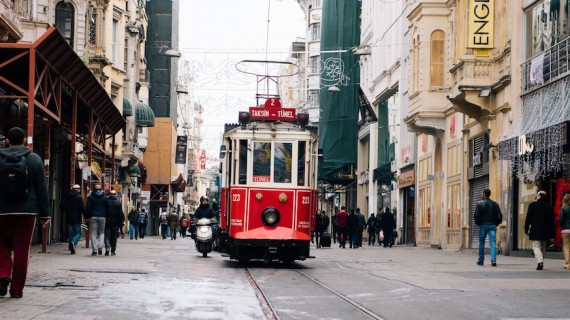The future of the planet depends on the sustainability of cities. In fact, more than half of the world’s population lives in cities, and by 2030, 60% of humanity will live in urban areas. Cities are centres of innovation, economic production, social evolution, and the birth of new ideas. Perhaps, also for that, making cities sustainable is one of the UN’s goals for 2030.
The ONU’s sustainability agenda includes goal n.11 “Make cities inclusive, safe, resilient and sustainable“.
But in concrete terms, what can we do to make cities more sustainable?
Here we show you 7 ideas that could be put into practice to achieve the sustainability of Italian cities.
1. Avoiding land use and prioritising regenerative urban planning
There are many cities that have real ghost neighbourhoods, empty second homes, or even unfinished ones. For that reason, it’s necessary to choose a regenerative urbanism, committed to exploiting all the infrastructures already existing and recovering neighbourhoods or buildings not used, avoiding the consumption of land and aiming to create a more sustainable city.
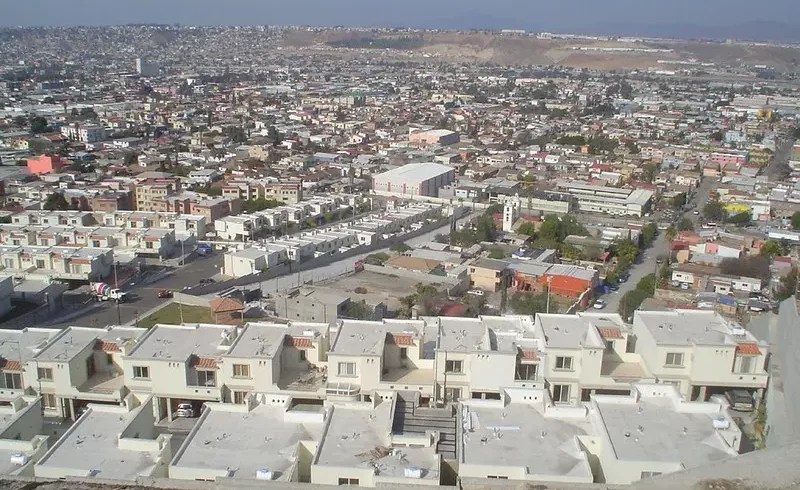
2. Increasing energy efficiency and reducing resource use
We need to find a way to improve energy efficiency from buildings and minimise resource use such as water and electricity. It’s very important that the creation of new buildings and the recovery of the already existent ones are efficient. If this is realised, cities will be more sustainable, achieving a better well-being for citizens and the environment.

3. Promoting sustainable means of transport
The excessive use of private means of transport and its serious consequences for the environment are evident. In fact, they are one of the main causes of global warming.
For this reason, it is necessary to create sustainable cities where it is possible to use public transport, cycling or walking.
In the same way, sustainable cities should encourage citizens’ growing interest in the use of clean-energy electric vehicles by providing charging points.
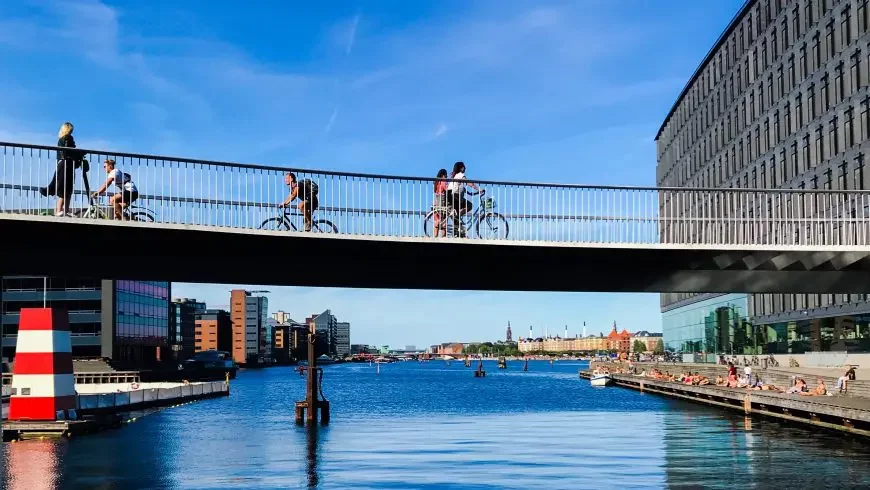
4. Cure urban biodiversity
Urban biodiversity, which includes all forms of life and natural spaces that form part of the city, must be protected and enhanced. Some of the things that each of us can do to promote biodiversity are to consume biological products, support associations concerned with biodiversity conservation and environmental protection, and plant new trees.
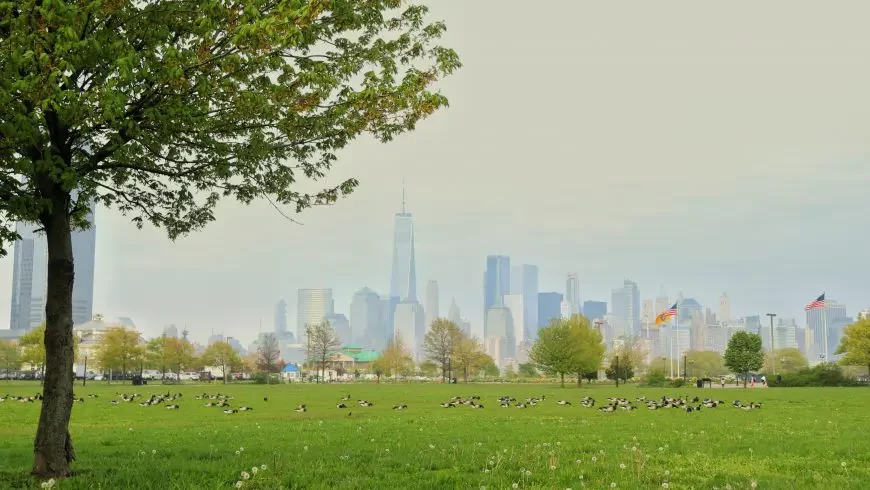
5. Get citizens’ participation
Citizens play a key role in achieving sustainability.
This is why institutions should support people to follow experts’ recommendations:
- minimise the use of private transport
- recycling and reuse of waste
- consume the necessary
- reduce water and electricity consumption
- bet on energy saving and the use of renewable sources
The inhabitants of the city have to change their habits, and for this, they need to grow new values and ethical principles that help them introduce new eco-friendly behaviours and habits in their daily life.
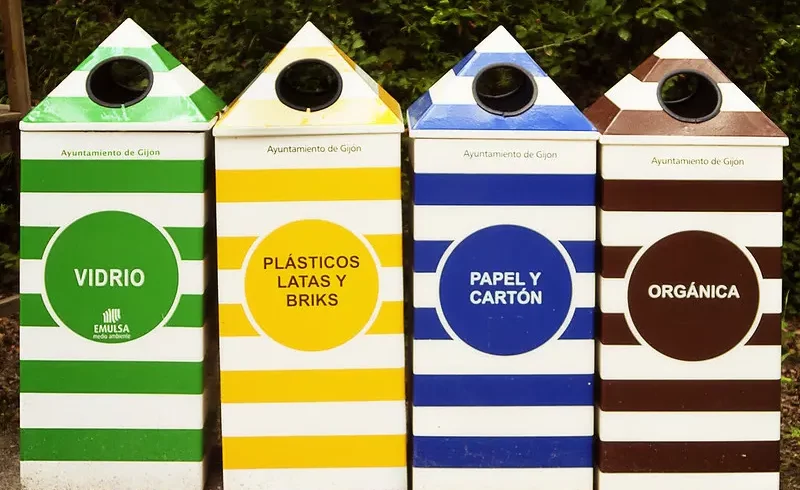
6. Implement the use of new technologies
More and more smart cities are applying new information and communication technologies to achieve sustainable development, improve the quality of inhabitants, increase resource efficiency, and motivate citizens to participate in this sustainable development.

7. Implement sustainability-focused models
The development models that are implemented in sustainable cities must be long-term models, as achieving sustainability is a process of adaptation, learning, and continuous change.
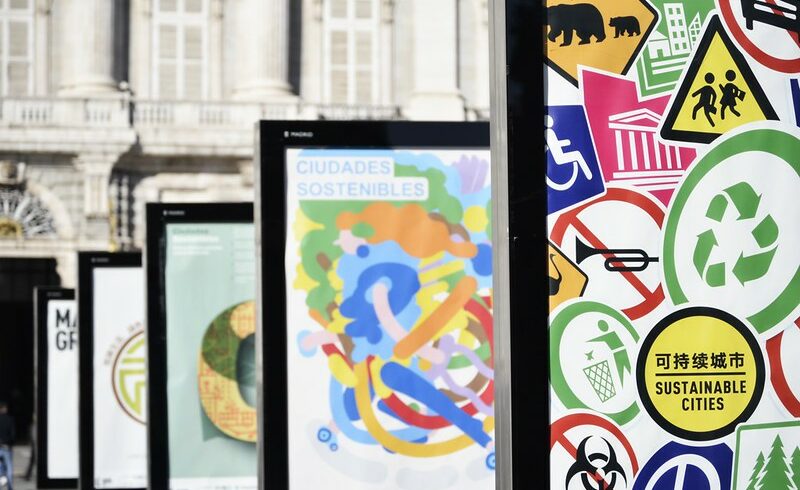
If you found these suggestions interesting or you have other ideas to make your city more sustainable, let us know by commenting on the article!
Featured image: photo by Henning Witzel on Unsplash

